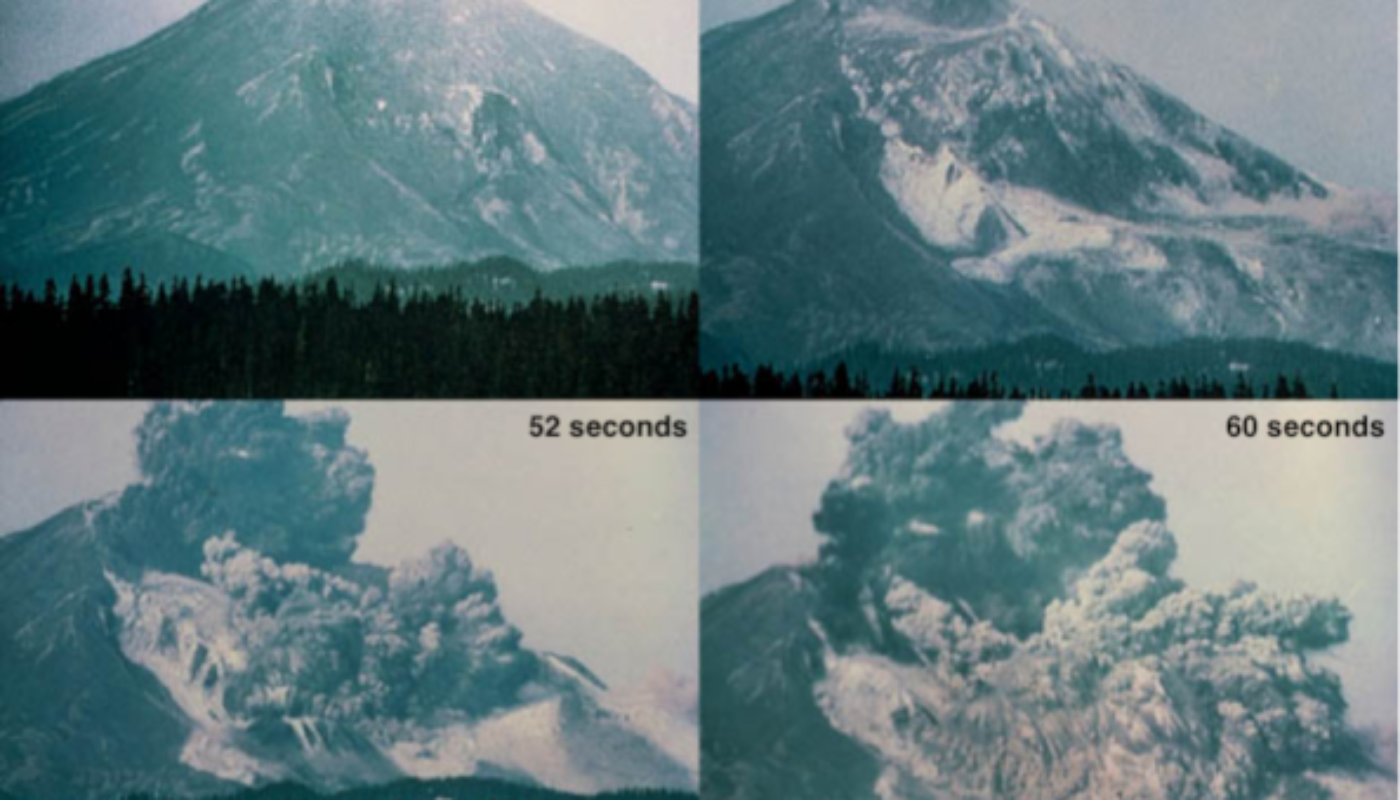Mount Pinatubo is a stratovolcano located on the island of Luzon in the Philippines. It is known for its violent eruptions, with the most recent and significant one occurring in 1991. The 1991 eruption of Mount Pinatubo was one of the largest volcanic eruptions of the 20th century, and it had significant impacts on both the local and global scales. In this essay, we will discuss the various responses to the eruption of Mount Pinatubo, including the evacuation and relief efforts, the scientific research and monitoring, and the long-term recovery and rehabilitation efforts.
The first response to the eruption of Mount Pinatubo was the evacuation of the local population. The Philippine Institute of Volcanology and Seismology (PHIVOLCS) had been monitoring the volcanic activity for months before the eruption, and they were able to provide advance warning to the local population. The Philippine government, with the help of the United States military, was able to evacuate more than 70,000 people from the immediate danger zone. The evacuation efforts were successful in reducing the number of casualties from the eruption, which could have been much higher if the local population had not been evacuated.
After the eruption, there was a need for relief and assistance to the affected population. The Philippine government, international organizations, and non-governmental organizations (NGOs) provided food, water, shelter, and medical assistance to the evacuees and the affected communities. These efforts were critical in helping the affected population cope with the impacts of the eruption.
In addition to the evacuation and relief efforts, there was also a significant amount of scientific research and monitoring that took place after the eruption of Mount Pinatubo. Scientists from around the world came to the Philippines to study the eruption and its impacts. They collected data on the ashfall, the volcanic gases, the hydrothermal activity, and the changes in the landscape. This research helped to improve our understanding of volcanic eruptions and their impacts, and it also provided valuable information for future volcanic hazard assessment and risk management.
The recovery and rehabilitation efforts after the eruption of Mount Pinatubo were long-term and complex. The ashfall from the eruption had caused significant damage to the agricultural sector, and it also affected the water quality and supply. The Philippine government, with the help of international organizations and NGOs, implemented a range of programs to support the recovery and rehabilitation of the affected areas. These programs included the rehabilitation of agricultural land, the provision of clean water, and the reconstruction of infrastructure.
In conclusion, the response to the eruption of Mount Pinatubo was multifaceted and involved the evacuation and relief efforts, the scientific research and monitoring, and the long-term recovery and rehabilitation efforts. These responses were critical in mitigating the impacts of the eruption and in supporting the affected population. The 1991 eruption of Mount Pinatubo serves as a reminder of the importance of preparedness and risk management in the face of natural disasters.







